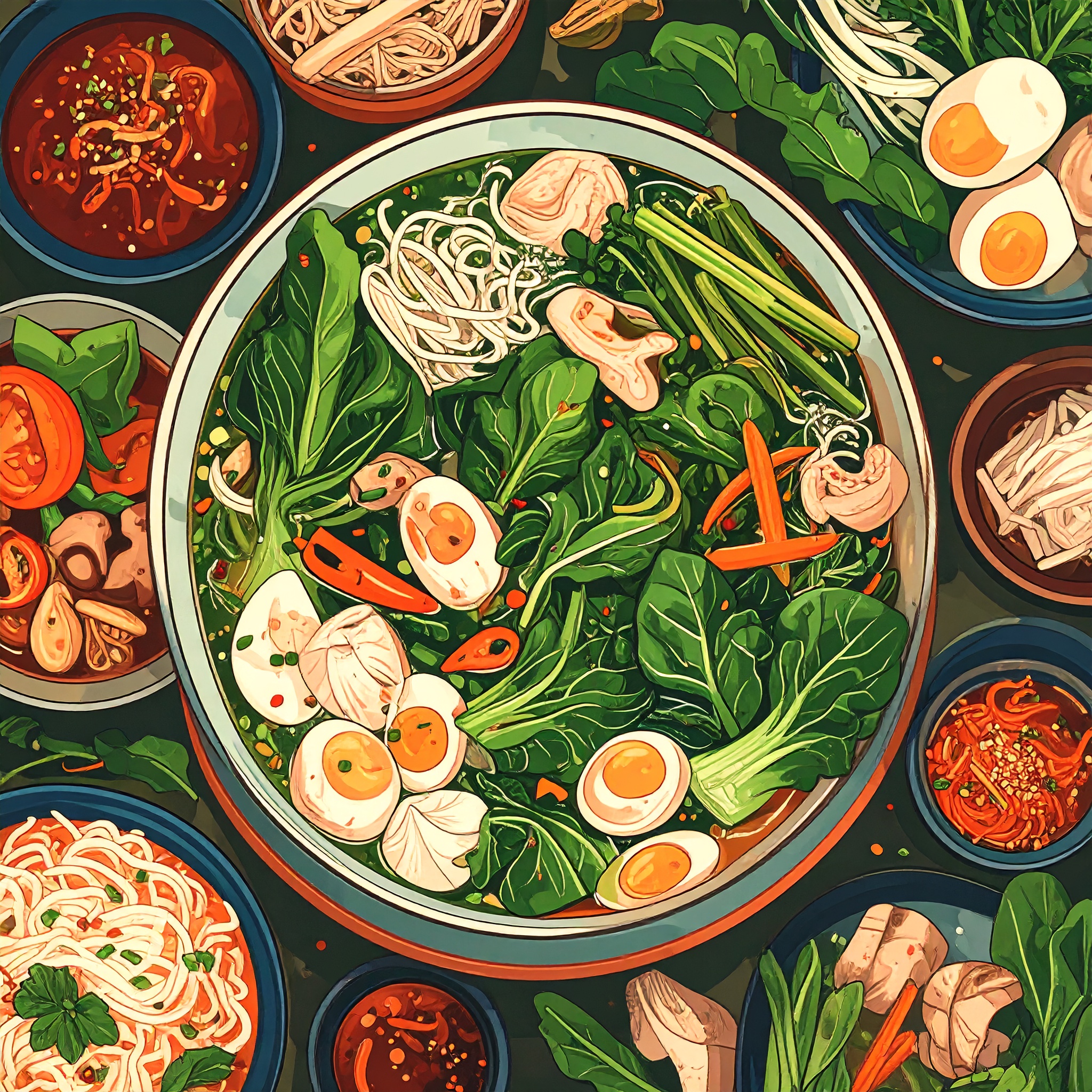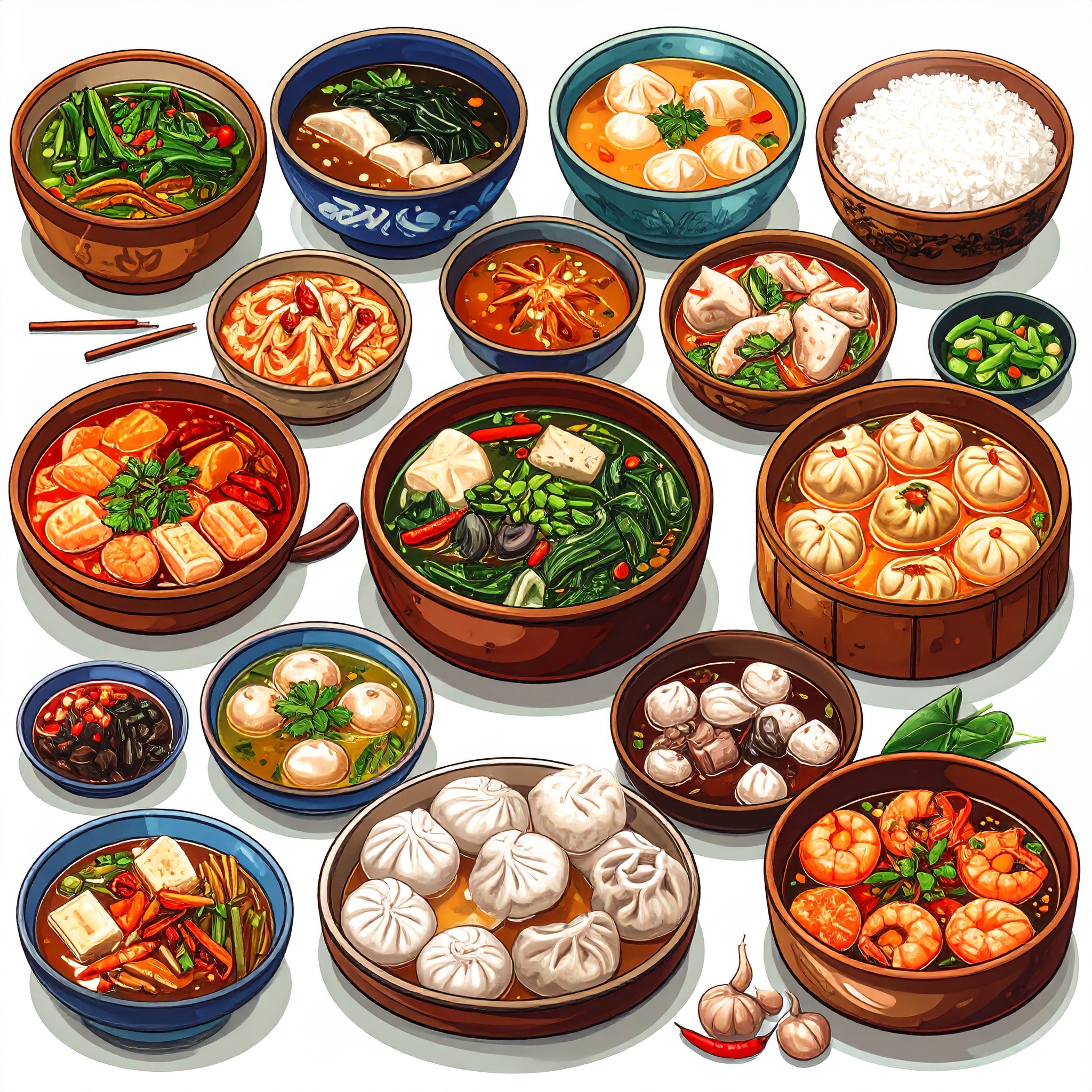At the very heart of Japanese cuisine lies dashi—the quiet essence behind its most iconic flavors. Visually understated and aromatically subtle, dashi reveals its true brilliance only when tasted. A single sip elevates the entire dish, drawing out and amplifying the natural umami of each ingredient. For many first-time visitors to Japan, the deep, resonant flavor found in a bowl of miso soup or udon broth is their first encounter with this elemental force of Japanese cooking.
Dashi is a refined extract derived from simmered natural ingredients such as seafood, seaweed, and vegetables. The most classic version is a blend of katsuobushi (dried bonito flakes) and kombu (kelp). When inosinate from the fish meets glutamate from the seaweed, a synergistic umami effect emerges—producing a complexity and depth unattainable by either component alone. This scientific layering of taste has been quietly mastered in both humble households and elegant ryotei dining rooms for generations.
Yet, Japan’s dashi culture extends far beyond this classic form. Each region imparts its own character, based on local ingredients and traditional techniques. In Kansai, for instance, dashi leans toward the delicate and translucent, made predominantly from kelp—ideal for gently flavored simmered dishes and clear soups. Meanwhile, in eastern Japan, bold katsuobushi-forward broths dominate, pairing well with richer, more assertive dishes such as soba sauces and deeply seasoned stews.

Beyond the classic blend of katsuobushi and kombu, a wide variety of dashi types lend their own character and charm to Japanese cuisine. Niboshi (dried sardines), dried shiitake mushrooms, and ago (flying fish) are among the many regional ingredients used to craft distinctive broths. Ago dashi, for example, has long been cherished in Kyushu, prized for its robust umami and toasty aroma. When used in miso soup or hot pots, it creates a flavor that evokes both depth and nostalgia.
Crafting dashi is an exercise in precision and care. Every element—water temperature, choice of ingredients, simmering time, and heat control—directly affects the flavor. Making dashi is not merely a process, but a refined technique. For example, kombu is soaked in cold water for several hours and then gently heated, removed just before boiling. Katsuobushi is added to boiling water, and the heat is immediately turned off before straining. Though deceptively simple, these steps demand intuition and experience, where even the slightest misjudgment alters the result.
While modern conveniences such as instant or powdered dashi are now widespread, many artisans and home cooks remain committed to the traditional method. This dedication stems not only from a pursuit of flavor, but from a deeper, emotional connection to daily life and family. A mother rising early to soak kombu and prepare miso soup for her family is a timeless scene—a quiet expression of care and continuity, emblematic of Japanese domestic culture.
For international travelers, the taste of dashi is often their first true encounter with Japan. The clear soup served in a ryokan breakfast, the fluffy dashimaki tamago at a morning market, or the broth of a simple udon shop—each delivers a warmth and sophistication rarely found in foreign cuisines. Even without words, many speak of a flavor that feels familiar, almost nostalgic, gently settling into the body and soul.

In recent years, Japan has seen a rise in workshops and specialty venues where visitors can experience the art of dashi firsthand. One such experience is the “kikidashi” tasting—a refined sensory journey where participants sample multiple varieties of dashi and learn to distinguish their nuances. Each element—aroma, umami, finish—is explained with care and depth, often leaving international guests profoundly moved by the subtle complexity they encounter. More than a flavor, dashi offers a gateway into Japan’s natural landscape, cultural history, and everyday life, making it an increasingly compelling form of cultural tourism.
Though never the centerpiece, dashi quietly supports and elevates every dish it touches. It forms the foundation of flavor, grounding Japanese cuisine with its depth and grace. Behind the global acclaim of washoku lies this humble yet essential ingredient—the silent hero of Japanese gastronomy.
To taste true dashi, even once, is to be surprised by its clarity and resonance. But beyond its culinary presence lies something even more profound: a reflection of Japanese sensitivity, harmony, and quiet thoughtfulness. To understand dashi is, in many ways, to understand Japan itself.
It is, without question, an experience worth having at least once—a flavor both gentle and profound, quietly inviting, and undeniably unforgettable.




